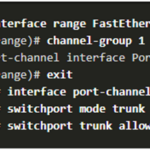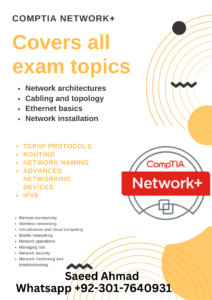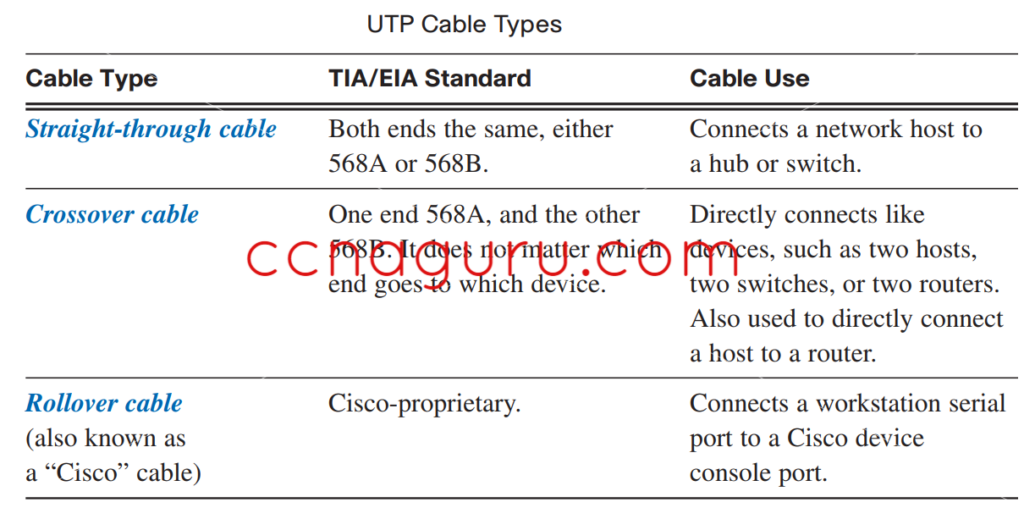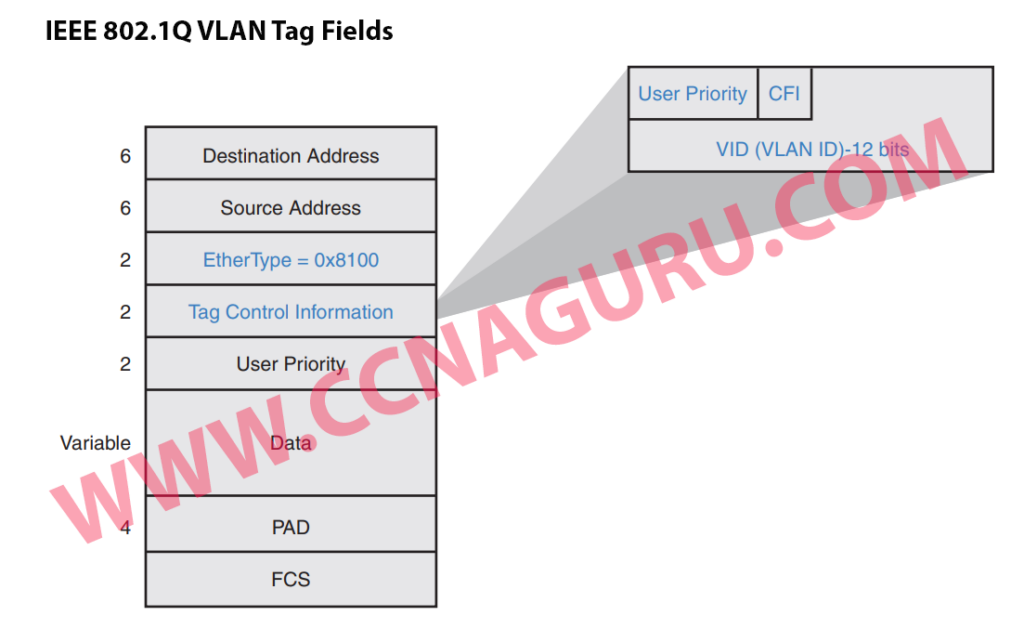Introduction: What is CSMA/CD?
Carrier Sense Multiple Access with Collision Detection (CSMA/CD) is a network access method that was fundamental to early Ethernet networks. Its primary role was to orchestrate how devices shared a common communication medium (like a coaxial cable or a hub-based network segment) and to elegantly handle “collisions” – instances where multiple devices tried to transmit data simultaneously.
Imagine a polite group conversation: everyone listens before speaking. If two people inadvertently start talking at the same time, they both pause, wait a moment, and then one tries again. CSMA/CD implemented this kind of etiquette for network devices.
The Case: Why Was CSMA/CD Necessary?
In the pioneering days of Ethernet (think 10BASE5 “Thicknet” or 10BASE2 “Thinnet” using coaxial cables, and later 10BASE-T with hubs), all devices on a network segment were connected to the same physical transmission medium. This shared environment is known as a collision domain.
The challenges posed by a shared medium were significant:
- Only one device could successfully transmit data at any given moment.
- If two or more devices transmitted simultaneously, their signals would interfere, corrupting the data – this is a collision.
- Without a managing mechanism, the network would descend into chaos, becoming unreliable and inefficient.
CSMA/CD emerged as the ingenious solution to ensure orderly communication in these half-duplex environments, where a device could either send or receive, but not both at the same time.
Explanation: How Does CSMA/CD Work?
CSMA/CD operates through a precise sequence of steps:
-
Carrier Sense (CS): Before a device attempts to send data, it “listens” to the network medium. It checks if the line is idle (no other device is transmitting).
- If the medium is busy, the device defers its transmission and waits.
- If the medium is free, it proceeds to transmit its data frame.
- Multiple Access (MA): This acknowledges that multiple devices share access to the same network medium.
-
Collision Detection (CD): Crucially, while transmitting, the device continues to monitor the medium.
- If the signal it “hears” on the line differs from the signal it’s sending, it deduces that another device has also begun transmitting, and thus a collision has occurred.
- Upon detecting a collision, all transmitting devices immediately cease sending their data frames.
- They then transmit a brief “jam signal.” This special signal ensures all other devices on the segment are unequivocally aware that a collision has happened, preventing further data corruption.
- Following the jam signal, each device involved in the collision invokes an algorithm called the Binary Exponential Backoff. This algorithm dictates that each device waits for a random period before attempting to retransmit (starting again from step 1: Carrier Sense). The randomness is key to minimizing the chance of the same devices colliding again immediately.
The efficiency of CSMA/CD naturally decreases as network traffic and the number of devices within a collision domain increase, leading to more frequent collisions and longer backoff periods.
Now & Beyond: The Relevance of CSMA/CD Today
So, is CSMA/CD still a prominent player in today’s networking landscape? For the most part, no, not in typical modern wired Ethernet networks. The landscape has evolved significantly:
-
The Ascendancy of Switches: Modern Ethernet networks almost universally employ switches instead of outdated hubs. Switches fundamentally transform Ethernet operation:
- Microsegmentation: Each port on a switch effectively creates an independent collision domain. When a single device (like a PC) is connected to a switch port, that link forms a tiny collision domain of just two: the PC’s Network Interface Card (NIC) and the switch port itself.
- Full-Duplex Operation: The vast majority of modern switched Ethernet connections operate in full-duplex mode. This allows a device to send and receive data simultaneously over its dedicated link to the switch port, thanks to separate wire pairs for transmitting and receiving.
- Full-Duplex Eradicates Collisions: In a full-duplex, point-to-point link (e.g., PC to switch port), collisions simply cannot occur. With no contention for the medium, CSMA/CD becomes unnecessary and is typically disabled or inactive on such links. The “Carrier Sense” and “Collision Detect” mechanisms are no longer needed.
What Happens Now in Modern Ethernet? A Comparison
| Feature | Old Ethernet (Half-Duplex with Hubs) | Modern Ethernet (Full-Duplex with Switches) |
|---|---|---|
| Collision Domain | Shared (entire segment) | One per port (microsegmentation) |
| CSMA/CD | Required & Active | Not used / Disabled by default |
| Common Speeds | 10 Mbps, sometimes 100 Mbps | 1 Gbps, 10 Gbps, 40 Gbps, 100 Gbps, and faster |
| Typical Media | Coaxial Cables (10BASE2/5), Cat3/Cat5 for 10/100Base-T | Cat5e, Cat6, Cat6a, Cat7, Fiber Optic cables |
However, CSMA/CD isn’t entirely a relic of the past:
- Half-Duplex Legacy Scenarios: If you encounter very old networking hardware (like an ancient hub) or if a NIC or switch port is misconfigured or deliberately forced into half-duplex mode, CSMA/CD will spring back into action on that specific link. This is uncommon but not impossible.
- Wi-Fi (CSMA/CA – A Close Cousin): While distinct from CSMA/CD, wireless networks (Wi-Fi) utilize a related mechanism called CSMA/CA (Collision Avoidance). In the wireless realm, reliably detecting collisions is challenging, so the strategy shifts to proactively avoiding them (e.g., using protocols like “Request to Send/Clear to Send” – RTS/CTS). Understanding CSMA/CD provides an excellent conceptual bridge to grasping CSMA/CA.
- Standards and Foundational Knowledge: CSMA/CD remains documented within the IEEE 802.3 Ethernet standard, defining behavior for half-duplex operation. For network engineers, understanding its principles is vital for appreciating Ethernet’s evolution and for troubleshooting legacy systems or unusual network behaviors.
Experimenting with Half-Duplex on Modern Equipment (For Educational Purposes)
While modern networks intelligently default to full-duplex, it’s sometimes feasible to manually configure network interfaces or switch ports to operate in half-duplex mode. This is typically done for educational exploration or specific troubleshooting scenarios, effectively re-enabling CSMA/CD on that link.
Why might one do this?
- To observe CSMA/CD in action (e.g., monitor increased latency, or check collision counters on a managed switch).
- To directly experience and understand the performance degradation associated with half-duplex operation and collisions.
How to potentially force half-duplex (general guidance, commands vary):
-
Network Interface Card (NIC) Settings (on a PC/Server):
- Windows: Navigate to Device Manager -> Network adapters -> Right-click [Your Ethernet Adapter] -> Properties -> Advanced tab. Look for a setting like “Speed & Duplex” or “Link Speed & Duplex”. Change it from “Auto Negotiation” to a specific speed with half-duplex (e.g., “100 Mbps Half Duplex” or “10 Mbps Half Duplex”).

Get Online Training for Cyber Security - Linux: Utilize the
ethtoolcommand-line utility. For example, to configure interfaceeth0to 100 Mbps half-duplex:
sudo ethtool -s eth0 speed 100 duplex half autoneg off
To view current settings:sudo ethtool eth0
- Windows: Navigate to Device Manager -> Network adapters -> Right-click [Your Ethernet Adapter] -> Properties -> Advanced tab. Look for a setting like “Speed & Duplex” or “Link Speed & Duplex”. Change it from “Auto Negotiation” to a specific speed with half-duplex (e.g., “100 Mbps Half Duplex” or “10 Mbps Half Duplex”).
-
Switch Port Settings (on a managed switch):
- Access your switch’s management interface (typically via Command Line Interface – CLI, or a web-based Graphical User Interface – GUI).
- Locate the configuration options for the specific port.
- Manually set the speed and duplex for that port (e.g., on Cisco IOS-like devices:
interface GigabitEthernet0/1, thenspeed 100,duplex half, andno negotiation auto). The exact commands differ significantly across switch vendors and models.
Important Considerations for Experimentation:
- Duplex Agreement is Key: For a stable half-duplex link, both the NIC and the switch port it connects to must be manually configured for the exact same speed and half-duplex mode. Auto-negotiation should ideally be disabled on both ends. A duplex mismatch (one end set to full-duplex, the other to half-duplex) is a common source of severe performance issues, often resulting in errors like late collisions.
- Hubs for a “True” Shared Domain: Forcing half-duplex on a switch port creates a half-duplex link, but the switch still isolates this link from others. To replicate a classic shared collision domain where multiple devices *can genuinely collide with each other*, you would need an old Ethernet hub. Connecting multiple devices (all set to half-duplex) to a hub would demonstrate CSMA/CD’s collision handling more directly.
- Expect Performance Degradation: Be prepared for noticeably reduced network performance and increased latency when operating in half-duplex mode.
- Modern Hardware Limitations: Some very modern NICs or their drivers might offer limited flexibility or even resist being forced into older operational modes.
- Monitoring Collisions: If your switch is managed, you can often view interface statistics to see collision counters (e.g., early collisions, late collisions) on the port configured for half-duplex. Packet sniffing tools like Wireshark on a connected PC might show evidence of retransmissions due to collisions, but directly “seeing” the electrical collision event itself isn’t typically possible with standard software tools.
This type of experimentation is purely for academic understanding of the underlying network mechanisms. In any production or operational environment, full-duplex communication is the standard and highly preferred mode for modern switched Ethernet.
Conclusion: The Enduring Legacy of CSMA/CD
CSMA/CD stands as a testament to early network ingenuity, a clever solution for managing traffic on shared Ethernet media. It enabled multiple devices to communicate effectively, though its efficiency faced challenges as networks grew in size and traffic volume. Today, its direct operational role in wired Ethernet has significantly diminished, largely superseded by the prevalence of network switches and the efficiency of full-duplex communication, which provide dedicated, collision-free links.
While you’re unlikely to encounter CSMA/CD actively managing your modern desktop’s connection to a switch (which defaults to full-duplex), its historical significance is immense. Its legacy endures in the Ethernet standards and serves as a crucial foundational concept for anyone studying network engineering, helping us appreciate the sophisticated design and performance of contemporary networks.









